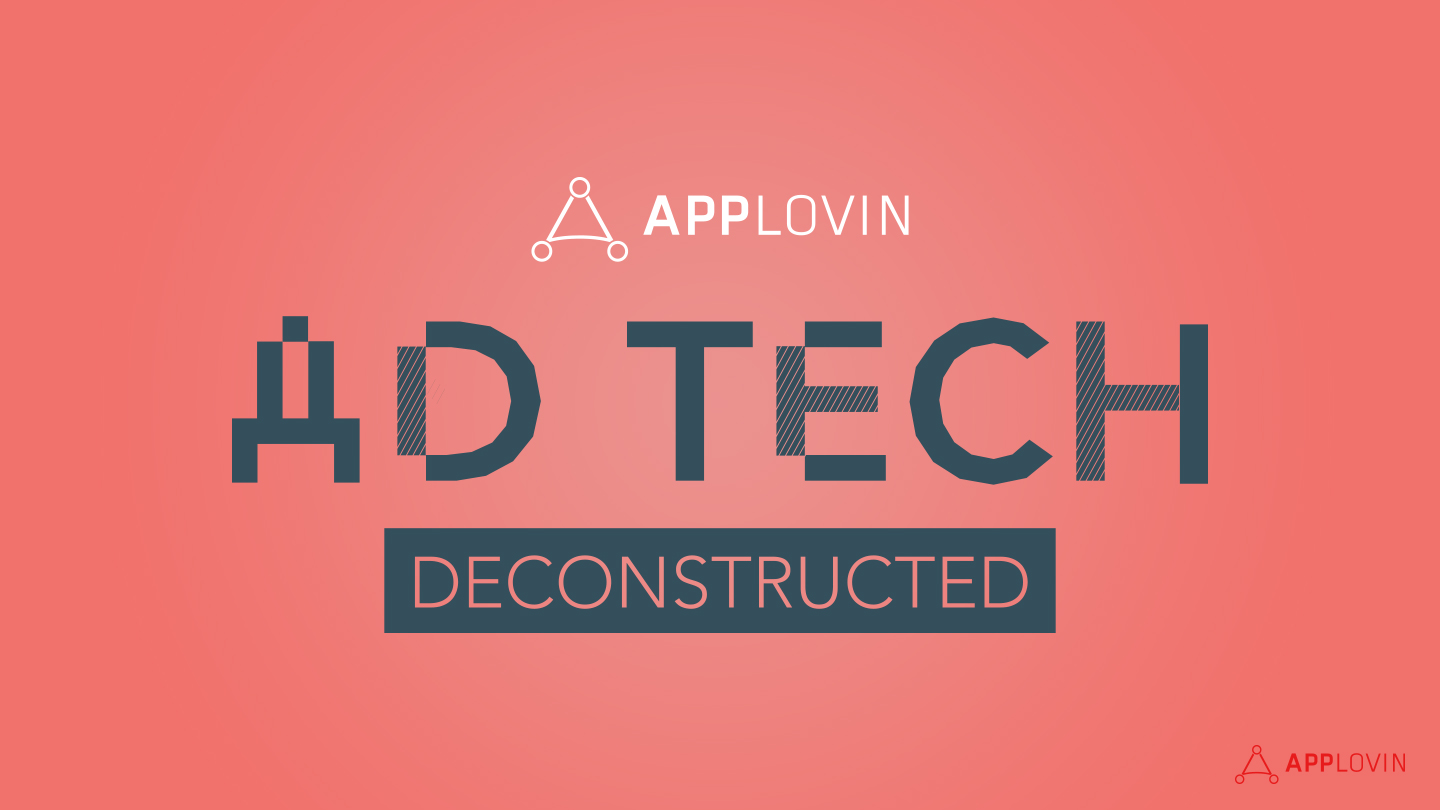In the world of mobile advertising, there are a bunch of different models with which publishers price their ad revenue. One of the most commonly used models is the CPM model, which is based on impressions.
CPM stands for “cost per mille,” meaning the cost per thousand ad impressions. So if a publisher charges $3.00 CPM and the advertiser has a $3,000 budget, the advertiser can expect to buy a million impressions.
But, it doesn’t always work out this way. It could be the case that the publisher ends up serving more or fewer impressions than you originally budgeted for. This is where eCPM comes in. eCPM (effective cost per mille) is the term used for the ad revenue that is actually generated from 1,000 impressions. The formula is:
eCPM = (Total ad spend / Total measured ad impressions) x 1,000
How to calculate eCPM
Take this scenario:
You own a flower stand and you have 100 tulips for $2.00 a stem. Someone comes in and buys 25 of your tulips at $2.00 per stem. This means you’ve got a $2.00 CPT (cost per tulip) for those 25 stems. But tulip season is almost over, and the remaining 75 are looking kind of sad. Someone else comes in and offers you just $1.00 per stem for the rest of the tulips. You agree. Your CPT is now $1.00 per stem for the rest of your stock, but you need to figure out what your real revenue was per tulip.
So, adapting our eCPM formula to find our effective cost per single tulip stem, we’ll divide the total tulip spend by the total number of tulips available to reveal an eCPT (effective cost per tulip) of $1.25.
When comparing two different ad placements with two different numbers of impressions and CPMs, calculating eCPM is the way to equalize the units to figure out which is generating the most revenue. It’s similar to breaking down items to cost per unit when you’re shopping. For example, if you’ve got two bottles of dish soap—a 16 oz. bottle for $3.00 and a 24 oz. bottle for $4.00—you’ll probably go for the 24 oz. bottle, because it offers a lower price per ounce. Similarly, if you’ve got an advertisement A which received 1,200 impressions and earned $5.00 and advertisement B which received 1,500 impressions and earned $4.00, you know that advertisement A has a higher eCPM and is doing a better job.
Being able to calculate eCPM is an important first step to being able to understand which of your ads are performing well and why.
Have more questions about ad tech? Check out our Ad Tech Deconstructed series where we break down specific parts of the mobile advertising world to help you get started advertising or monetizing your apps.






